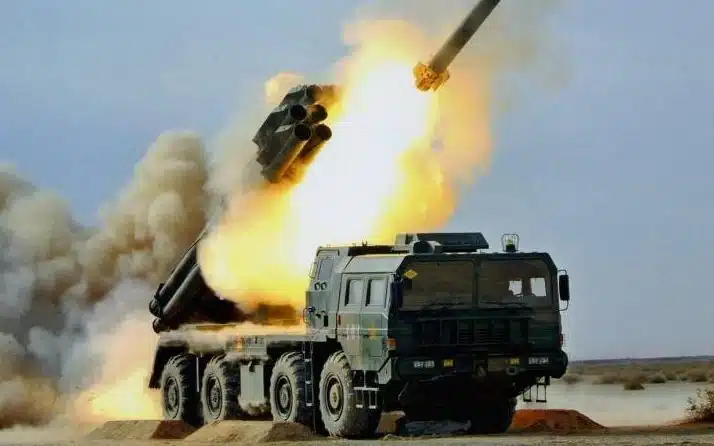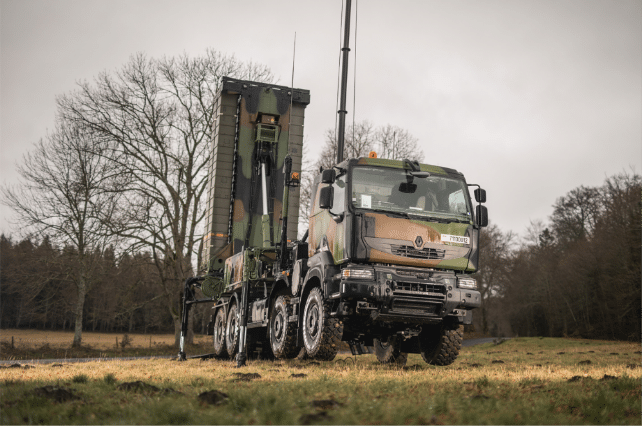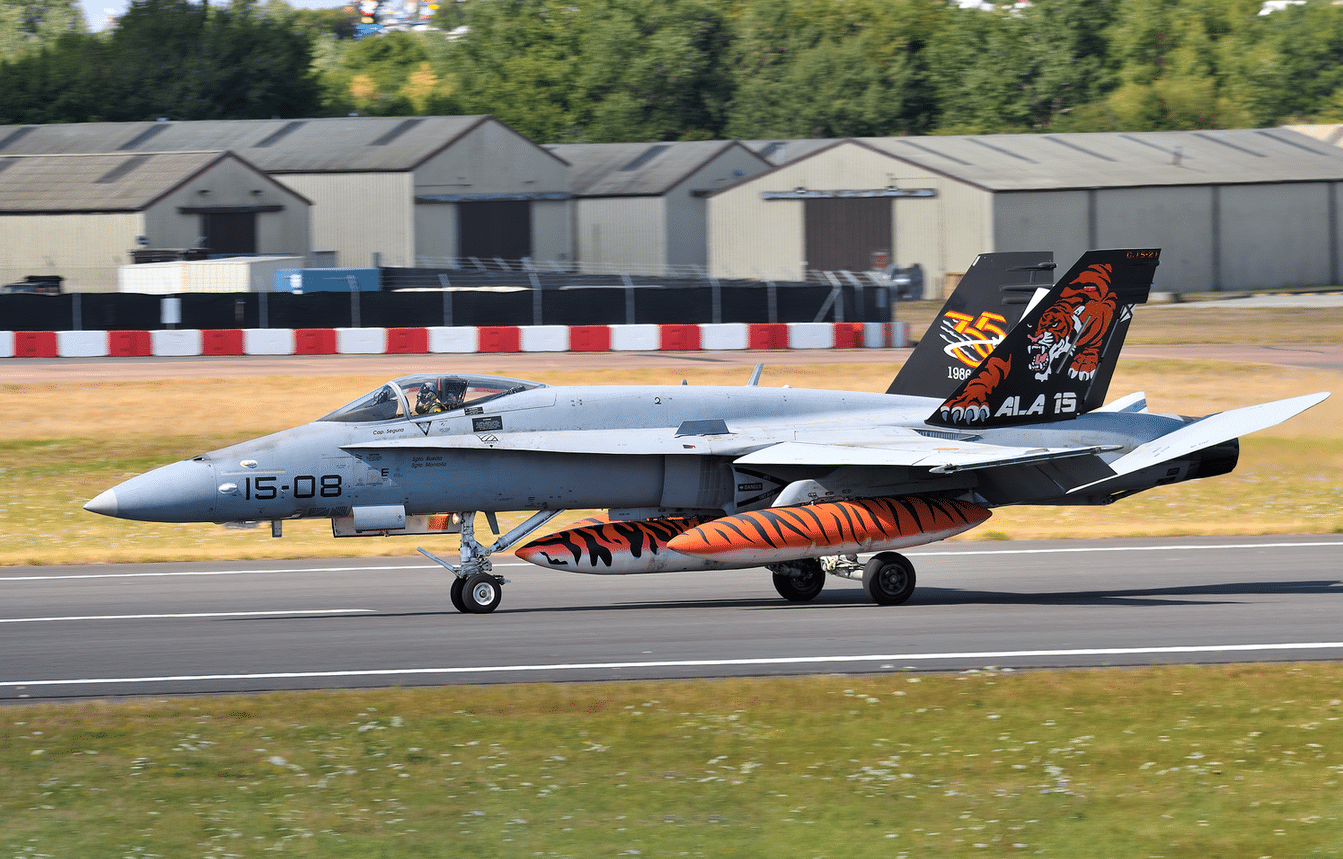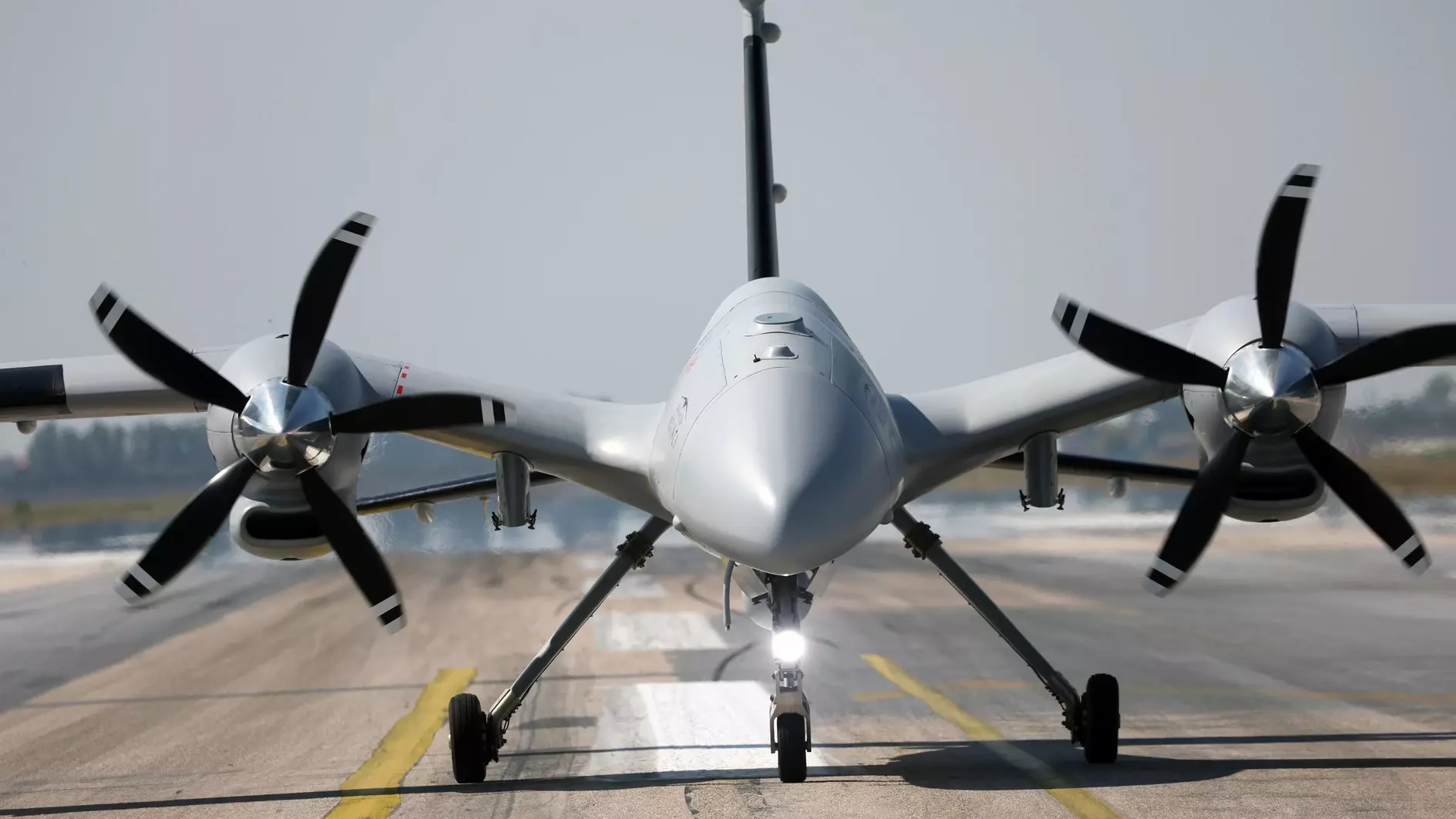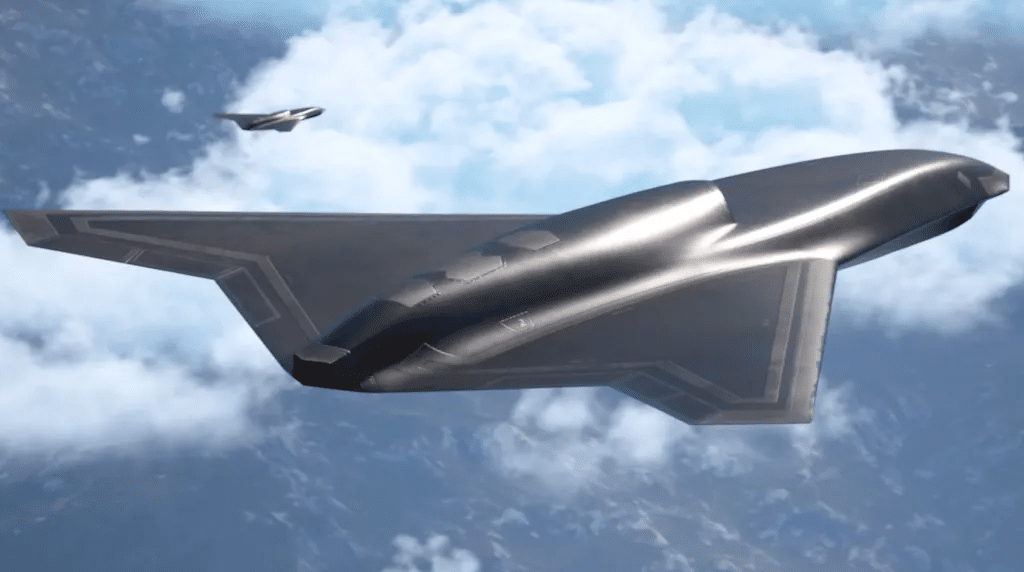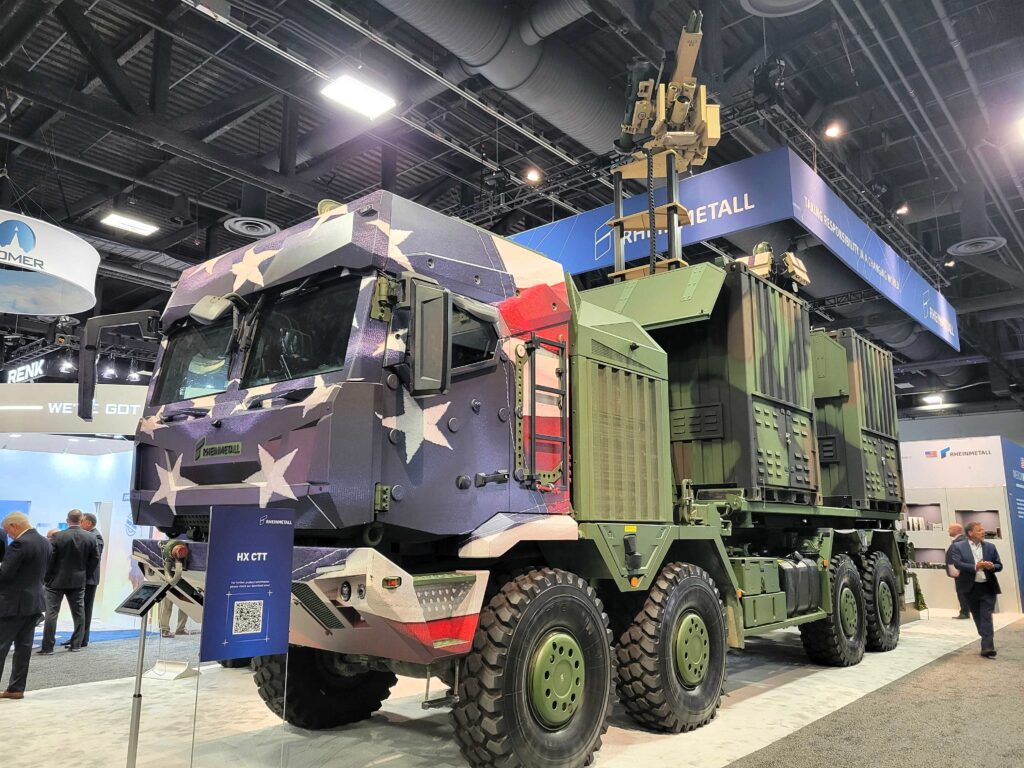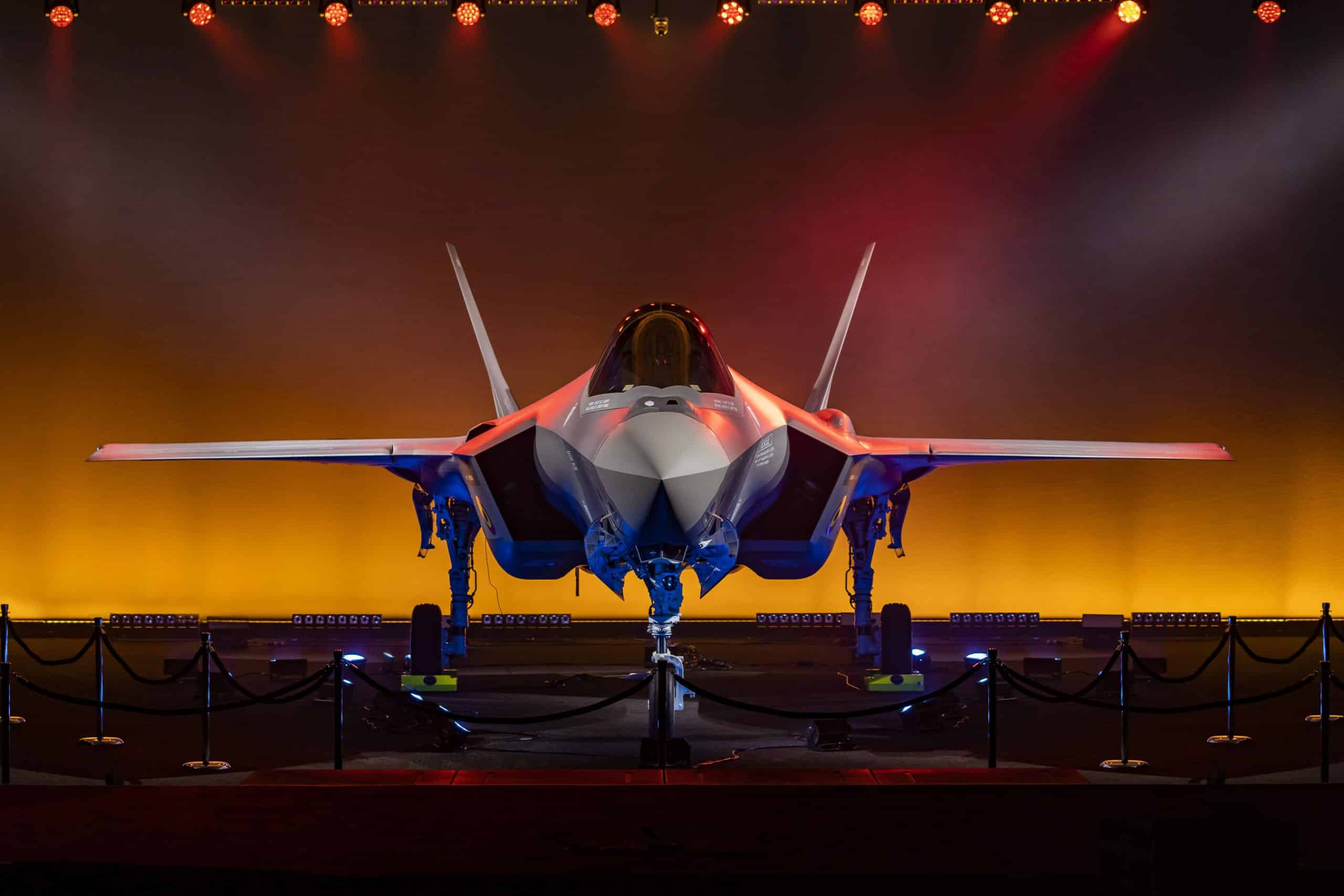Air Warfare
Multirole fighters, reconnaissance aircraft, tactical UAVs, attack helicopters, satellites... The air and space domains are key to tactical superiority. This section looks at the equipment that makes up modern air and space forces: on-board sensors, missiles, designation pods, electronic warfare, radar and latest-generation engines.
Resolute Warrior 25: NATO stress-tests a multinational brigade
Aegean Sea, controlled skies: how Athens structured its 2025 air–maritime...
Multi-role fighters: evolution, doctrine, and the new standard of air...
SAMP/T: Europe’s high-end air defense system under real-world pressure
Spain’s next fighter: continuity or bet?
The global rise of Turkey’s defense industry: breakthroughs, risks, and...
From wingmen to underwater ghosts: the new era of defense...
AUSA 2025: The U.S. Army’s vision of an agile and...
F-35A: the strategic renewal of the Belgian Air Component
Aerial warfare innovations articles
Air warfare innovations are transforming modern aerial combat, redefining strategic advantage in an increasingly contested global security environment. With air dominance pivotal in contemporary military conflicts, technological advancements in aviation capabilities play a decisive role in securing airspace control, force projection, and intelligence superiority. What technologies are driving the evolution of aerial warfare? From fifth-generation stealth fighters like the F-35 Lightning II, integrating sensor fusion and low observability, to unmanned combat aerial vehicles (UCAVs) such as the MQ-9 Reaper and loyal wingman systems providing extended range and autonomous precision strikes, aviation technology is rapidly advancing. Additionally, hypersonic missiles and advanced air defense systems, like the S-400 Triumf, necessitate continuous development of countermeasures and electronic warfare capabilities. Why is this important for global security? Air superiority directly influences strategic outcomes by enabling rapid, precision-targeted responses and strategic deterrence. Innovations in airborne ISR (Intelligence, Surveillance, and Reconnaissance) assets, electronic warfare platforms, and aerial refueling technologies enhance operational endurance and flexibility, significantly expanding air force capabilities. Defense Innovation Review provides expert, in-depth coverage, enabling defense and aviation professionals to anticipate and leverage cutting-edge aerial warfare advancements effectively.

